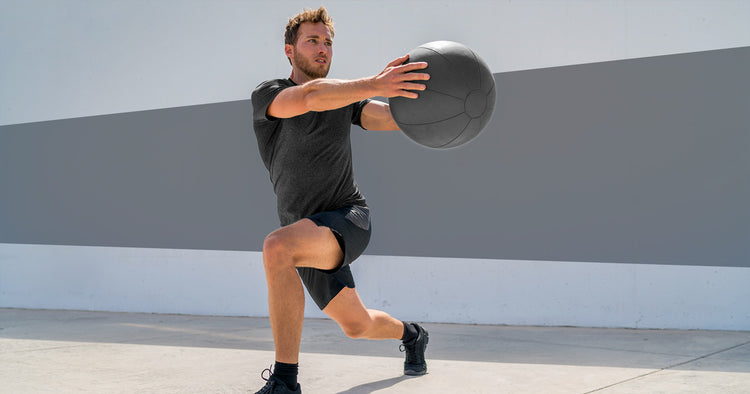Bragging Rights
Explore the latest trends, tips, and stories that make you stand out.
Functional Training: Get Fit for Life's Unexpected Twists
Transform your fitness routine with functional training and stay prepared for life's surprises. Discover how to get fit for every twist and turn!
Top 5 Benefits of Functional Training for Everyday Life
Functional training has gained significant popularity in recent years, and for good reason. One of the primary benefits is that it improves overall strength and stability. Unlike traditional gym workouts that often isolate specific muscles, functional training engages multiple muscle groups simultaneously. This comprehensive approach helps to enhance your body's ability to perform everyday tasks, such as lifting heavy objects or climbing stairs, by mimicking movements you regularly encounter in daily life. As a result, you'll notice increased efficiency and effectiveness in your daily activities, making everyday chores feel less daunting.
Another major advantage of functional training is its positive impact on balance and flexibility. Many exercises incorporate dynamic movements, which challenge your body to stabilize itself while in motion. This not only helps to prevent injuries but also improves your posture and joint health. Additionally, incorporating functional training into your routine can enhance your athletic performance, whether you are an avid runner or simply enjoy outdoor activities. By building a solid foundation of strength, balance, and flexibility, you set yourself up for success in all areas of your life.

How to Incorporate Functional Training into Your Routine
Incorporating functional training into your routine is a great way to enhance your overall fitness and improve your daily activities. To start, identify the key movements you perform regularly, such as squatting, lifting, or reaching. This foundational step allows you to tailor your training to mimic these activities. Consider integrating exercises like deadlifts, lunges, and push-ups into your workouts, focusing on form and control. Additionally, using tools like kettlebells, resistance bands, or stability balls can increase the effectiveness of your routine while keeping it varied and engaging.
To ensure consistency, try to incorporate functional training into your existing workout schedule by dedicating specific days to these exercises. For example, you could set aside two to three days a week solely for functional movements. Start with a warm-up that includes dynamic stretches, then move on to a circuit of exercises that challenge both strength and stability. Remember to progressively increase the weight and complexity of the movements as you become more comfortable, keeping track of your progress to stay motivated.
What is Functional Training and Why is it Essential for Your Fitness Journey?
Functional training is a form of physical exercise that focuses on training your body for the activities performed in daily life. It involves multi-joint movements that engage multiple muscle groups, simulating real-world activities. This type of training aims not only to improve strength and endurance but also to enhance flexibility, balance, and coordination. By incorporating a variety of exercises that mimic everyday tasks, such as squatting to pick up an object or reaching to grab something off a shelf, functional training prepares your body for the challenges of daily life and helps to prevent injuries.
Incorporating functional training into your fitness journey is essential for several reasons. Firstly, it promotes overall body fitness rather than isolating specific muscles, which ensures that your body functions synergistically. Secondly, it enhances performance in everyday activities, making tasks easier and improving quality of life. Lastly, functional training can be tailored to all fitness levels, allowing beginners to build a solid foundation while helping advanced athletes to refine their skills. By choosing functional training, you invest in a comprehensive approach to fitness that supports both your physical well-being and daily activities.